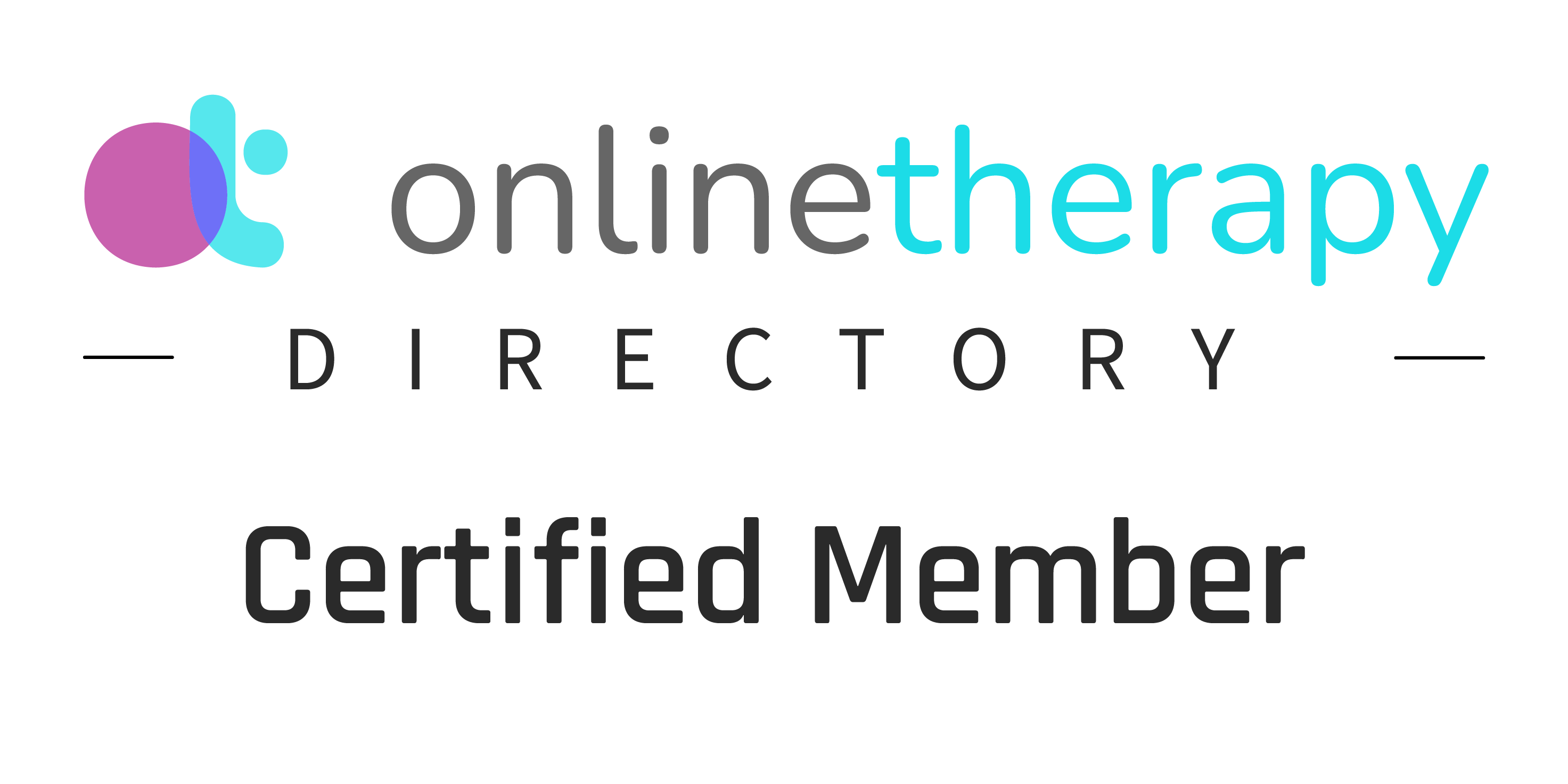The Body-Emotion Connection: Exploring the Link Between Physical Sensations and Emotional Experiences
The connection between our physical bodies and emotional states is deeper than we might realize. Physical sensations often serve as cues to underlying emotions, helping us decode what’s going on beneath the surface. Modern research is shedding new light on the ways specific body parts are linked to emotional experiences, offering us valuable insights into the body-mind relationship. In this post, we’ll explore these connections and highlight the importance of understanding the body’s role in emotional well-being.
The Gut-Brain Axis: A Key to Emotional Health
The gut-brain axis is a vital communication network between the gut and the central nervous system, playing a significant role in regulating emotions. Known as the "second brain," the gut contains millions of neurons and is directly connected to emotional responses. Disruptions in the gut microbiome, for example, can influence mood, anxiety, and stress.
Consider the sensation of "butterflies in the stomach" when anxious, or a “gut feeling” when you sense something is wrong. These feelings are more than mere expressions—they highlight the gut’s role in our emotional experience. By paying attention to gut health through diet, probiotics, and mindfulness practices, we can positively impact our mood and emotional well-being.
The Heart: Emotional Processing Beyond Blood Flow
The heart isn’t just a pump—it’s also an emotional center. Research suggests that our emotional states directly impact the heart’s electromagnetic field, which can affect not only our own well-being but also those around us. This phenomenon, known as "heart coherence," shows that positive emotions like love and gratitude create a harmonious heart rhythm, while negative emotions like stress and fear lead to incoherent heart patterns.
By practicing heart-focused breathing or engaging in meditation and gratitude exercises, individuals can foster emotional resilience, improve their heart health, and enhance relationships. When our heart is in sync, it influences our overall emotional state and promotes better mental health.
The Diaphragm: Unlocking Emotional Tension
The diaphragm—a large muscle involved in breathing—holds the key to releasing pent-up emotional tension. Located between the chest and abdomen, the diaphragm often stores emotions tied to fear, anxiety, and unresolved trauma. Shallow breathing, common during stress, is a sign of diaphragm tension, which can affect both physical and emotional health.
Practices such as diaphragmatic breathing and breathwork are powerful tools for emotional release and relaxation. By learning to breathe deeply and fully, individuals can unlock emotions trapped in the diaphragm, leading to a calmer mind and body. Breathwork not only enhances emotional balance but also promotes mental clarity and resilience.
The Hips: The Body’s Emotional Storage Center
The hips are often referred to as the body’s emotional storage center, holding onto stress, trauma, and fear. The psoas muscle, a key player in the body’s fight-or-flight response, tightens under stress, and over time this tension accumulates in the hips.
To release these stored emotions, practices like hip-opening yoga poses, deep stretches, and targeted massages are effective. When the hips release emotional tension, individuals may feel more balanced, grounded, and emotionally stable. Addressing hip tension through bodywork can foster deep emotional healing, enabling people to move more freely both physically and emotionally.
The Shoulders: Emotional Burdens and Physical Strain
The shoulders are another area where emotional tension manifests physically, often leading to stiffness, tightness, or even pain. This tension is frequently linked to the emotional burden of stress, responsibility, or grief—hence the phrase “carrying the weight of the world on your shoulders.”
Techniques like progressive muscle relaxation, targeted shoulder stretches, and mindfulness exercises can help alleviate the emotional strain stored in this area. By releasing tension in the shoulders, individuals may feel a sense of emotional lightness and relief, improving both their mental and physical state.
How to Use Body Awareness for Emotional Wellness
The body’s ability to store emotional tension offers a valuable framework for understanding the mind-body connection. By tuning into these physical sensations, we can begin to identify and address the emotional roots of our discomfort. Incorporating practices like yoga, mindfulness, bodywork, and breathwork into our routines not only facilitates emotional release but also fosters a state of mental balance and resilience.
Here’s how to start:
Practice diaphragmatic breathing daily to release tension in the diaphragm.
Incorporate hip-opening exercises to unlock stored emotions and improve flexibility.
Use progressive muscle relaxation to release tension in your shoulders and neck.
Engage in mindfulness meditation or heart-focused breathing to cultivate emotional resilience.
Final Thoughts: Embrace the Mind-Body Connection
Understanding the connection between physical sensations and emotional experiences provides valuable insights into our overall well-being. When we become more attuned to the signals our body is sending, we can start to release stored emotions and improve our mental health. Whether it’s through breathwork, yoga, or targeted bodywork, taking care of both the mind and body promotes a greater sense of balance, relaxation, and emotional well-being.
By integrating these practices into our daily lives, we can enhance our emotional resilience, improve our physical health, and live more balanced, harmonious lives.













